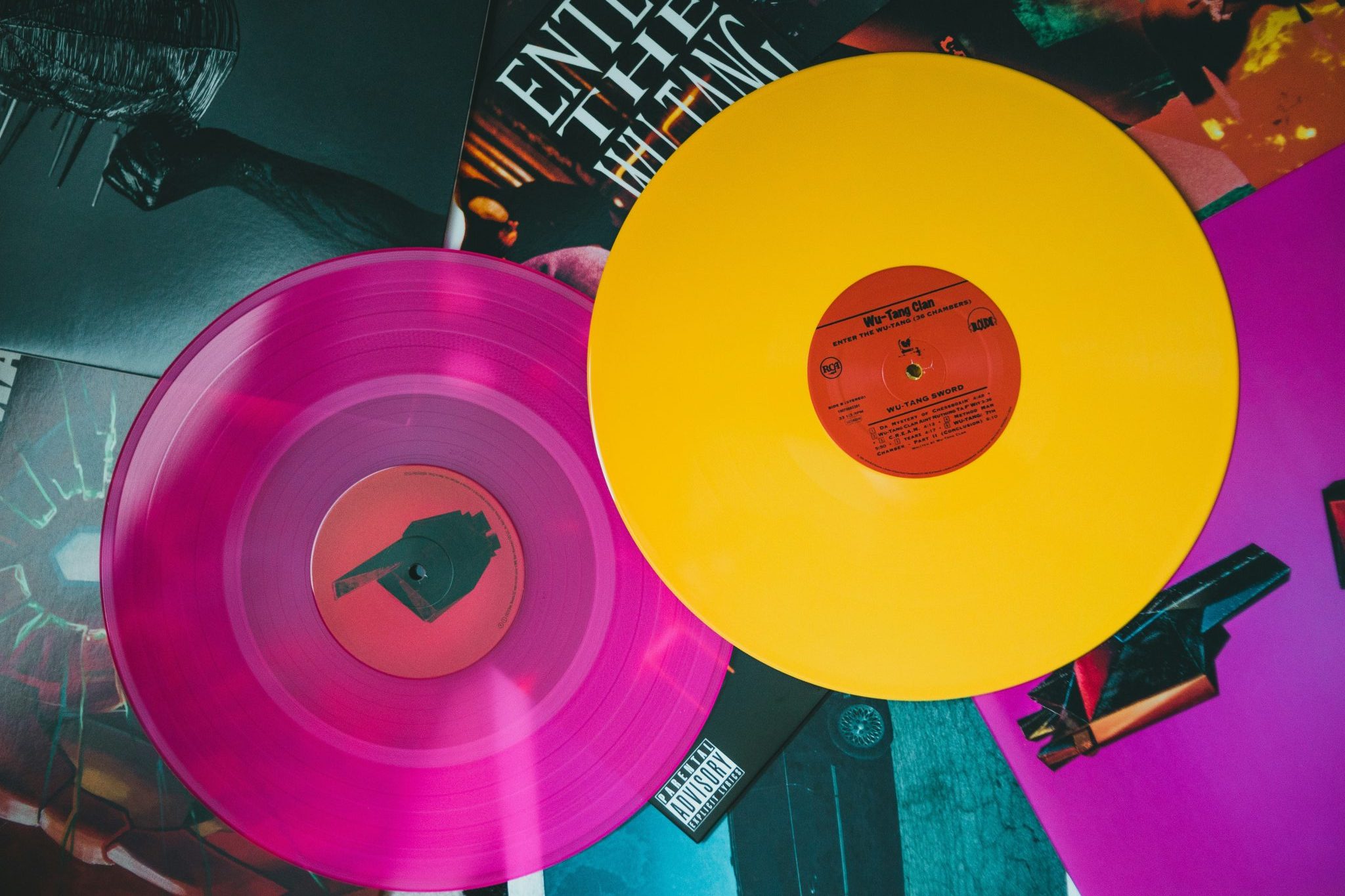When you walk into a club, what is the first thing that catches your attention? Is it the lighting, the decor, or the atmosphere? While all of these elements play a role in creating a great club experience, music is often the main factor that determines whether a club is a hit or a miss.
A good DJ understands the importance of music selection and mixing. The DJ’s job is not just to play music, but to create an experience for the club-goers. This experience starts with the DJ’s selection of tracks. The DJ needs to be aware of what kind of music will appeal to the crowd, and choose tracks that will keep the energy levels high. This requires an understanding of the different genres of music, and how they can be blended together to create a seamless mix.
For example, if the crowd is mostly into hip-hop, the DJ might start with some old-school tracks to get the crowd moving, and then gradually transition into more modern tracks. The DJ might also mix in some R&B or reggae tracks to add variety to the set. By doing so, the DJ keeps the energy levels high, while still catering to the preferences of the crowd.
Mixing is also a crucial skill for a DJ. Mixing involves blending two or more tracks together seamlessly so that the transition is not jarring or disruptive. A good mix creates a smooth and continuous flow of music, which keeps the crowd engaged and dancing.
For example, if the DJ is transitioning from a fast-paced hip-hop track to a slower R&B track, they might use a technique called beatmatching. This involves adjusting the tempo of the slower track to match the tempo of the faster track so that the transition is smoother. The DJ might also use a technique called crossfading, which involves gradually decreasing the volume of one track while increasing the volume of another so that the two tracks blend together seamlessly.
A DJ who doesn’t understand the importance of music selection and mixing can quickly lose the crowd’s attention. For example, if the DJ plays a track that is too slow or too fast, it can disrupt the energy levels on the dance floor. Similarly, if the DJ makes a jarring transition between two tracks, it can interrupt the flow of the music and cause the crowd to lose interest.
In conclusion, music selection and mixing are crucial skills for a DJ in a club environment. A good DJ understands how to select tracks that will appeal to the crowd, and how to blend them together seamlessly to create a smooth and continuous flow of music. By doing so, the DJ creates an experience for the club-goers that keeps them engaged and dancing throughout the night.

